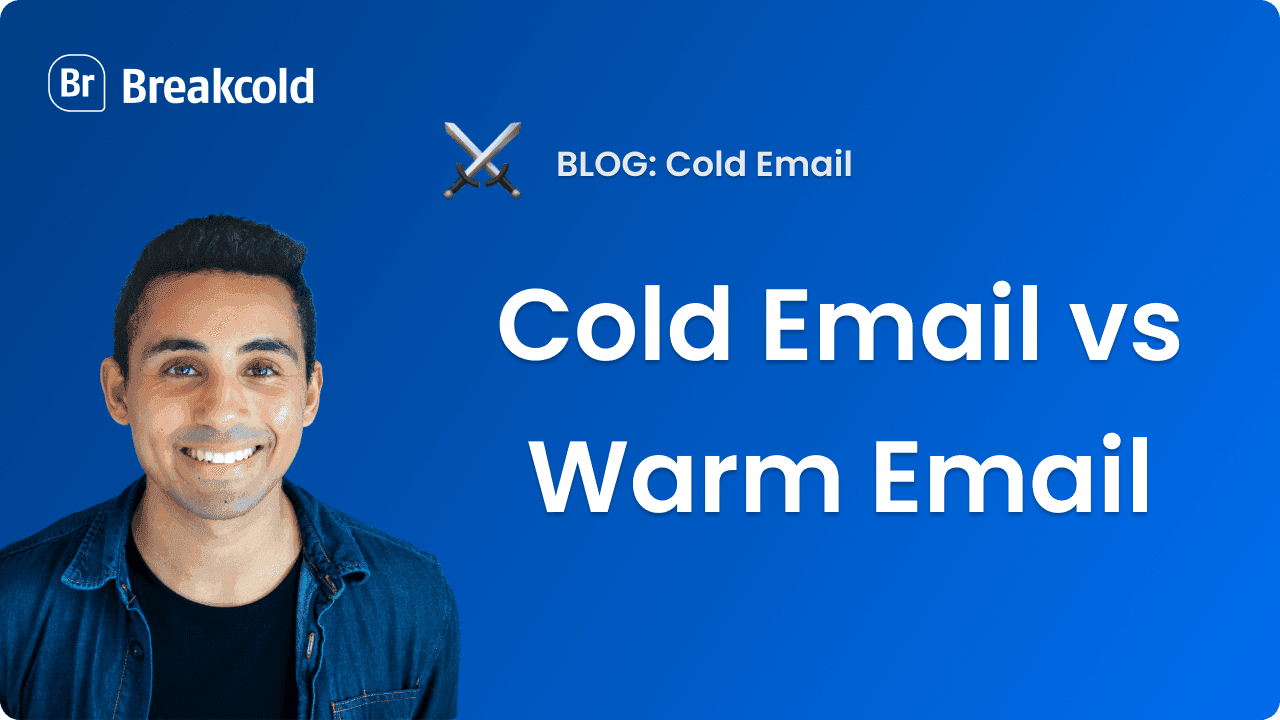
What is Warm Email?
If we talk about sales outreach, a warm email is an email sent to people that already know you. They generally signed up for your product, service or newsletter.
Some people also consider that a warm email exists when the recipient only heard about you or has been exposed to your content on LinkedIn or Twitter.
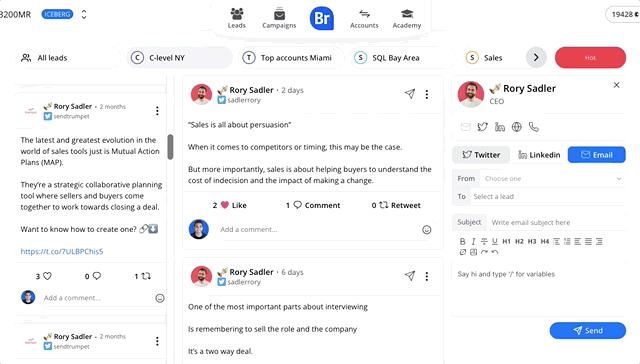
Example of a warm email sent with Breakcold
What is Cold Email?
A cold email is an email sent to people that don't know you. It's basically unsolicited emails sent to strangers.
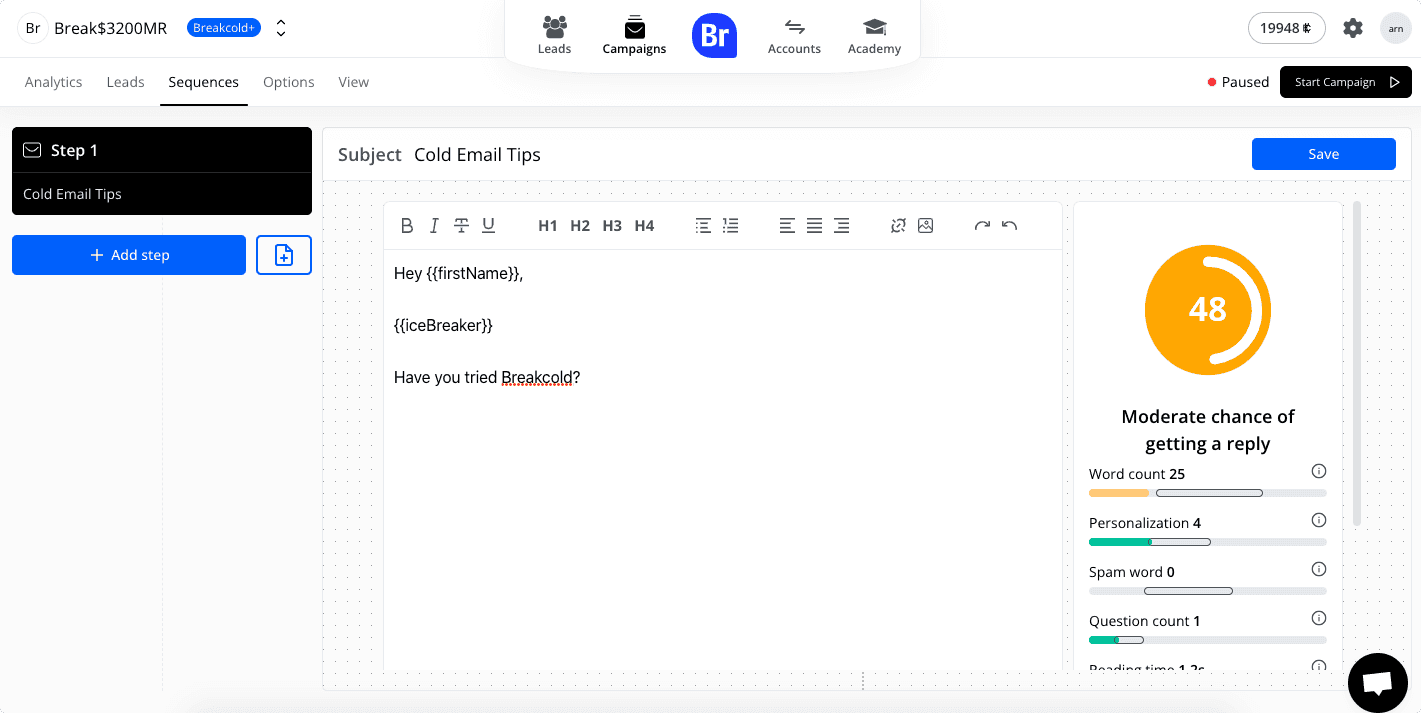
Example of a cold email sent with Breakcold
What is the difference between a cold and a warm email?
The difference between a cold email and a warm email is that cold email is for outbound (emails sent to strangers) and warm email is for inbound (emails sent to non-strangers). Both serve different purposes.
What is the best between Cold and Warm Email?
Cold Email vs Warm Email: who wins? Let's find out!
Advantages of cold email vs warm email
Cold email has some advantages over warm email.
You can send unlimited cold emails
Compare to warm emailing, you are not limited to an amount of leads that you can reach out. You don't need to warm up your prospects and have them signed up to your product or service to start contacting them and pitching an offer.
That is probably why most people prefer cold email over warm email.
However, to ensure your emails land in the inbox and not the spam folder, it's essential to use an email spam checker before sending them out.
Automate your cold emailing sequence with a tool like ZELIQ.
Sending cold emails and organizing email sequences for multiple leads can be tedious, but with sequencing tools such as ZELIQ, it automates the email delivery and follow-up process, saving you hours daily.

ZELIQ even enriches contacts' email addresses for free, and through a waterfall workflow, it identifies the most accurate and updated email addresses, ensuring a delivery rate of 90%. You can create follow-up emails automatically, set up time delays, choose specific days to send them, and keep track of the timeline. This feature also allows you to analyze the metrics of your sales sequence, helping you identify leads that are hot or show buying intent.
Moreover, it consolidates all email activity in one place, making cold emailing as easy as possible.
You can then push your positive replies to Breakcold sales CRM.
You don't have to wait to reach out to prospects
You can get started with cold emailing in 1 day. You collect a lists of prospects, you craft a cold email sequence and you're good to go.
That doesn't work like that with warm emailing, you need to make some marketing efforts to have inbound leads or people exposed to your content before contacting them.
Advantages of warm email vs cold email
Warm email has some advantages over cold email.
Warm Emails get you a better ROI
Compare to common beliefs, warm email does get you a better ROI than cold email.
If you focus on a 100 people and close 20 of them with warm emails, it's way better than sending 1000 cold emails and closing only 2 deals (realistic closing rate for cold emailing).
You don't kill your pool of potential customers
Depending on your industry, it's quite dangerous to rely on cold emailing because you only have a limited amount of prospects. Some industries only have 1000 potential customers maximum.
In this kind of scenario, warm emailing is the solution over cold emailing.
If you saturate your pool of potential customers, you can also damage your brand if you were too aggressive and not personalized enough. Word of mouth spreads fast, be careful.
It's less exhausting to handle
Sending cold emails at scale is exhausting, you need to handle multiple inboxes and to sort positive replies from negative replies.
People tend to believe that cold emailing doesn't take time, at scale it does a lot while warm emailing feels good on the opposite.
Who is the winner?
From my perspective, the winner will always be warm email, why? Because you will always have more replies and more chances to reach your sales quota by focusing on a lower volume rather than shooting thousands of cold emails a day.
Nurturing your past, present and future B2B relationships with warm conversations or value content is what will make you succeed in my opinion.
Conclusion: should you do Cold Email or Warm Email?
The answer is simple: you should do both.
On one hand, send many cold emails every single day to generate leads and on the other hand focus on hand-crafted warm emails to convert these leads into paying customers.
Be careful though, you will need to build a sales pipeline to send the right emails at each stage of the customer journey.
If you liked this article, make sure to check out our guide cold emailing.



![How To Improve Your Cold Email Copywriting? [7 Rules]](https://framerusercontent.com/images/F3p5yPpKybRB3m61T0itXjR94.png)
![What Is A Bad, Good & Average Cold Email Conversion Rate? [2025 Guide]](https://framerusercontent.com/images/IUgpPIXxtEgZXqQKluxBuRyM.png)
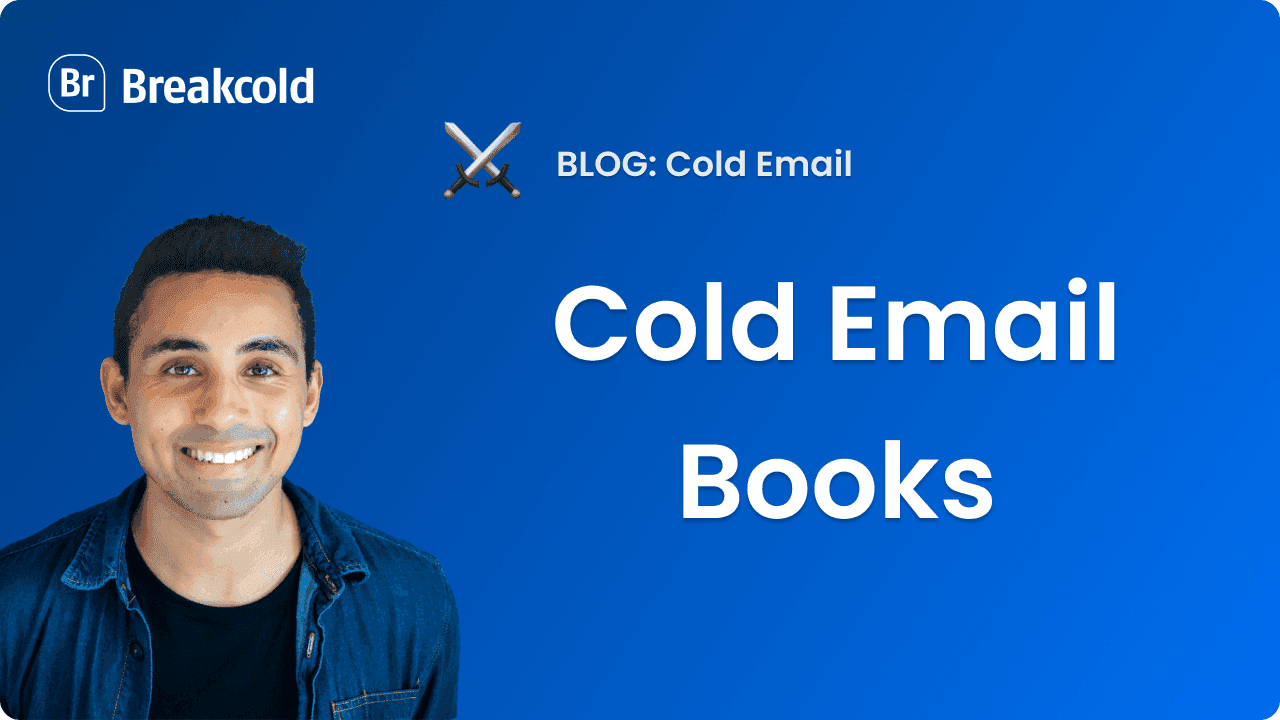
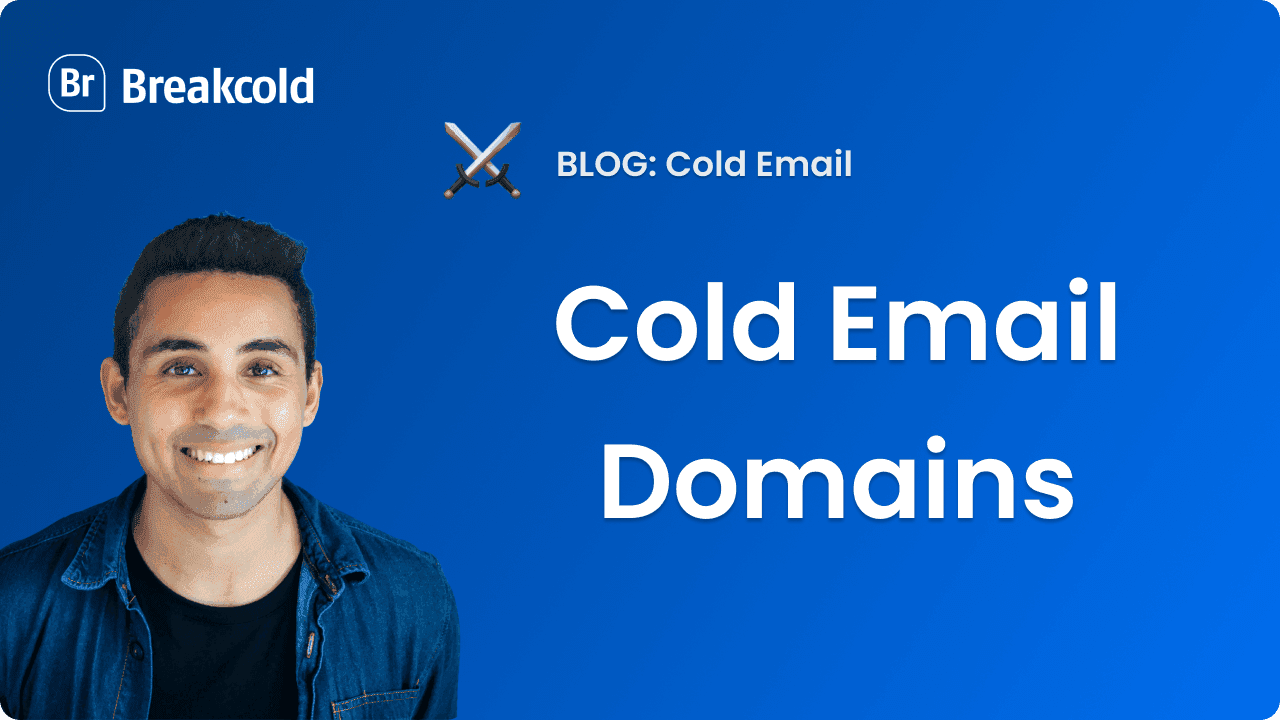
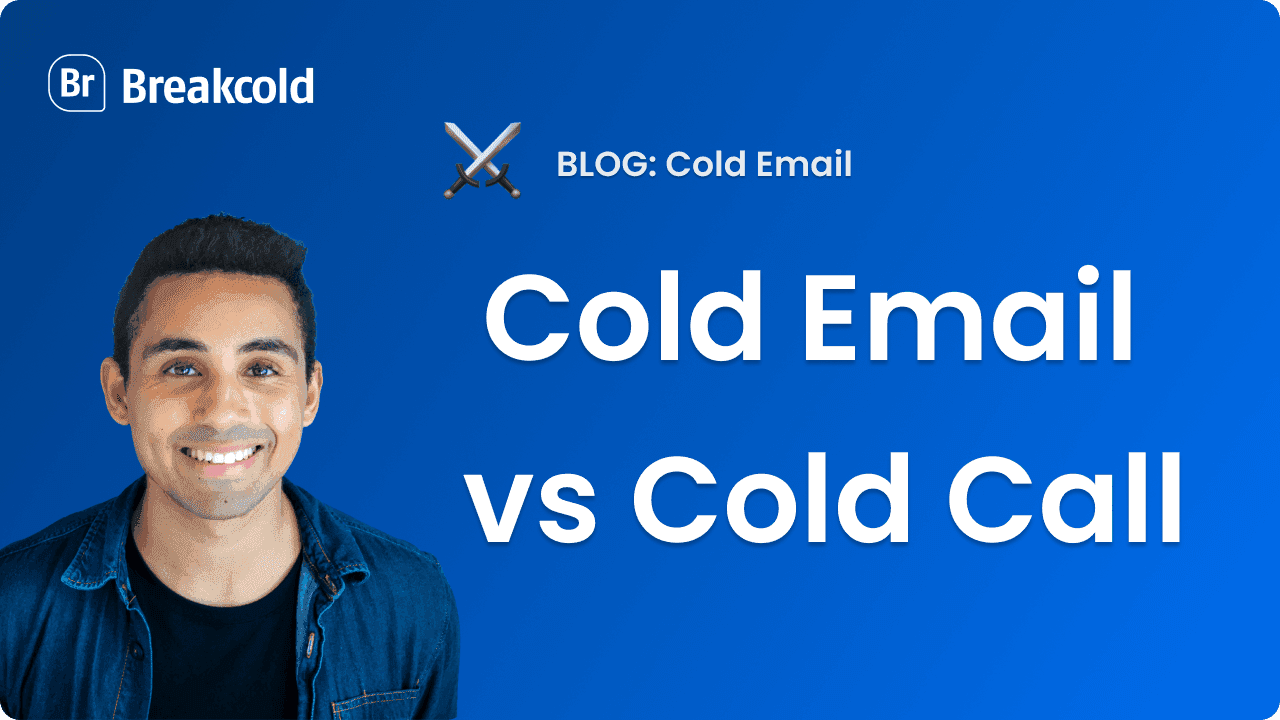

![Cold Email First Line [How To Use Opening Lines 2025 GUIDE]](https://framerusercontent.com/images/HWYMN123ynAStXOnwm2tQzATCQ.png)
![7 Keys To Write the Perfect Cold Email Call To Action (CTA) [With A List of 28 CTAs]](https://framerusercontent.com/images/4EzAyDmsWBJpYMdrrjQbwO6IY0.png)
![Cold Email Closing Lines 2025 GUIDE [How To End A Perfect Cold Email]](https://framerusercontent.com/images/rReLPtmLPrlYgSbhcEPKEa4kzbA.png)
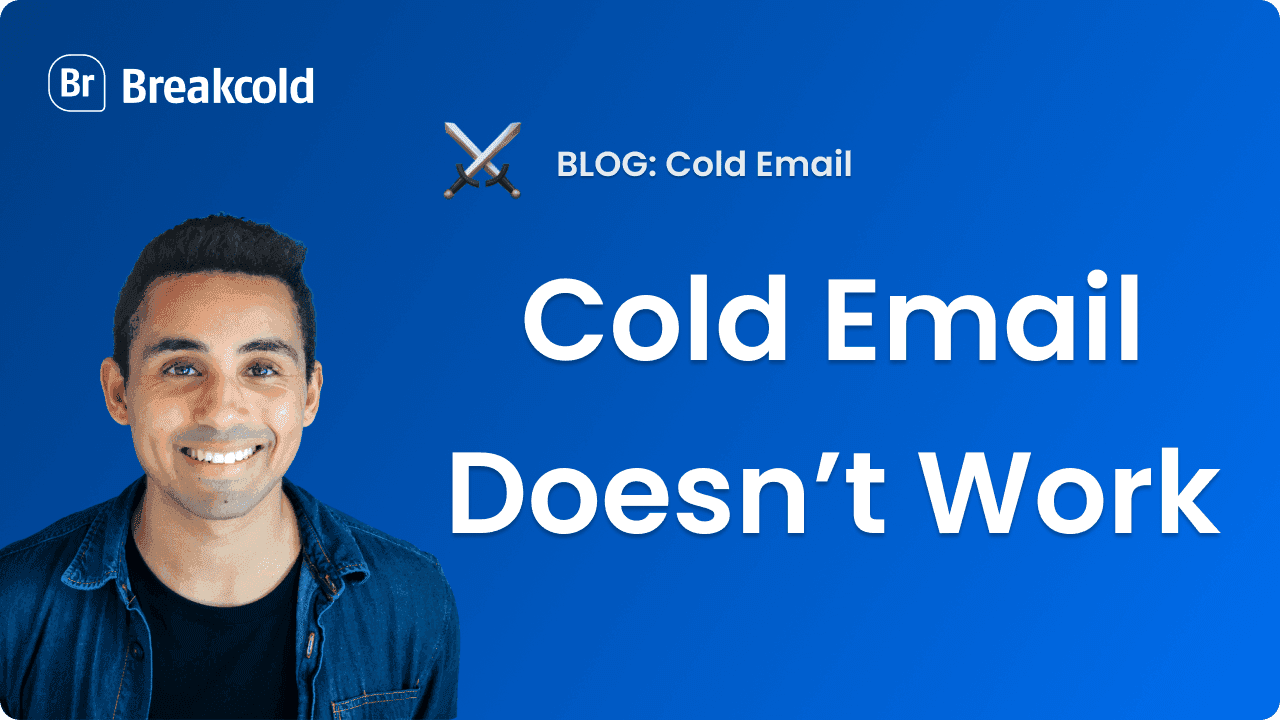
![7 Ways To Get Cold Email Personalization Right [With Examples]](https://framerusercontent.com/images/ZDIInVx3SAVXK92otmO8EAFyWeQ.png)
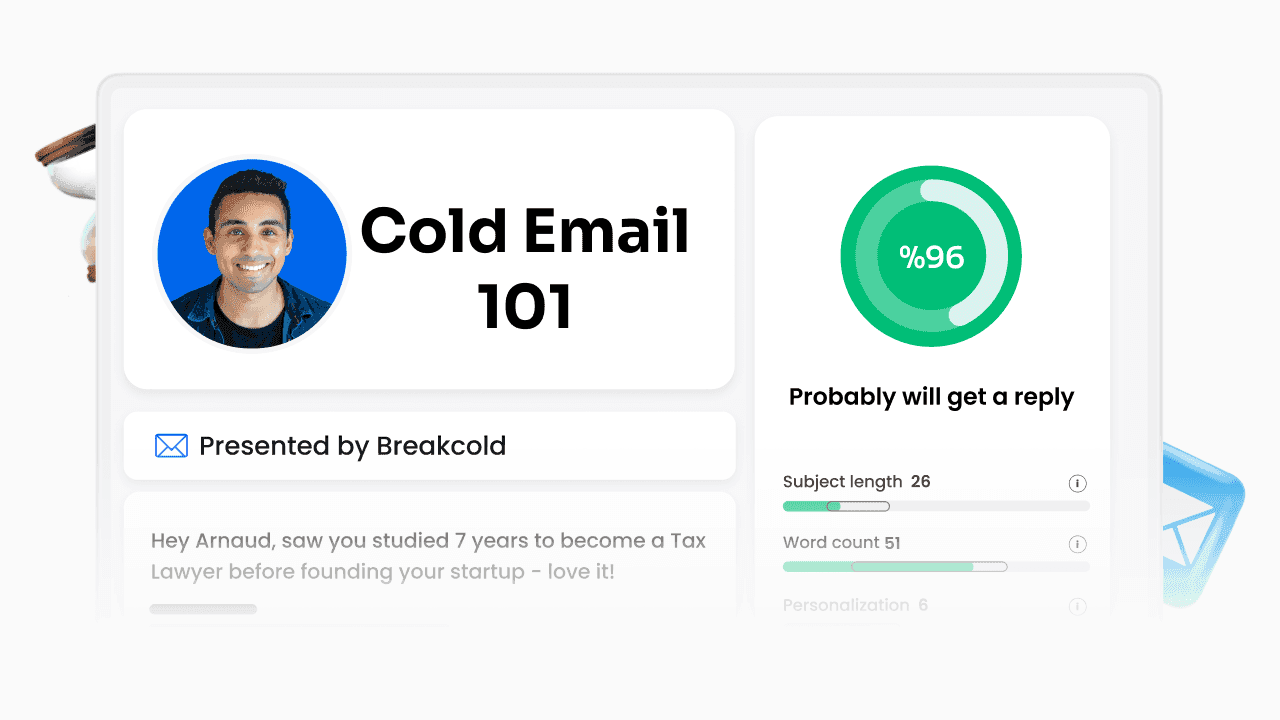
![4 Rules To Write A Cold Email Follow-Up [With 4 Templates]](https://framerusercontent.com/images/hUsEBGBhPHy7xOV1OuyyVOQFkjw.png)

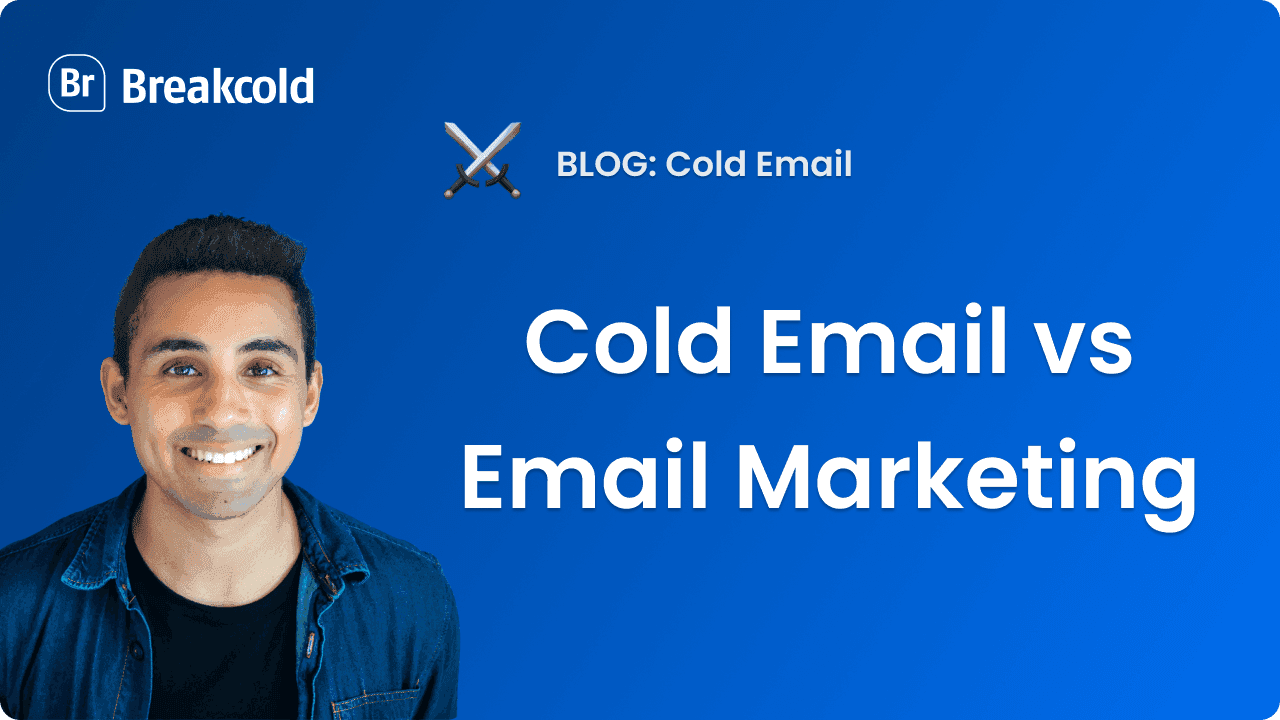
![16 Cold Email Templates Analyzed [With Results]](https://framerusercontent.com/images/CBPQmFpmnajBApWIELUI13JBgY.png)
![How to Use Cold Email PS Lines [With 6 Templates]](https://framerusercontent.com/images/HiMRqeegrzczrBTKfyzYWlMk.png)
![How To Write A Good Cold Email Sales Pitch? [With Pitch Examples]](https://framerusercontent.com/images/rSunMOwVfvPxOLXdxRR7dixHTs.png)
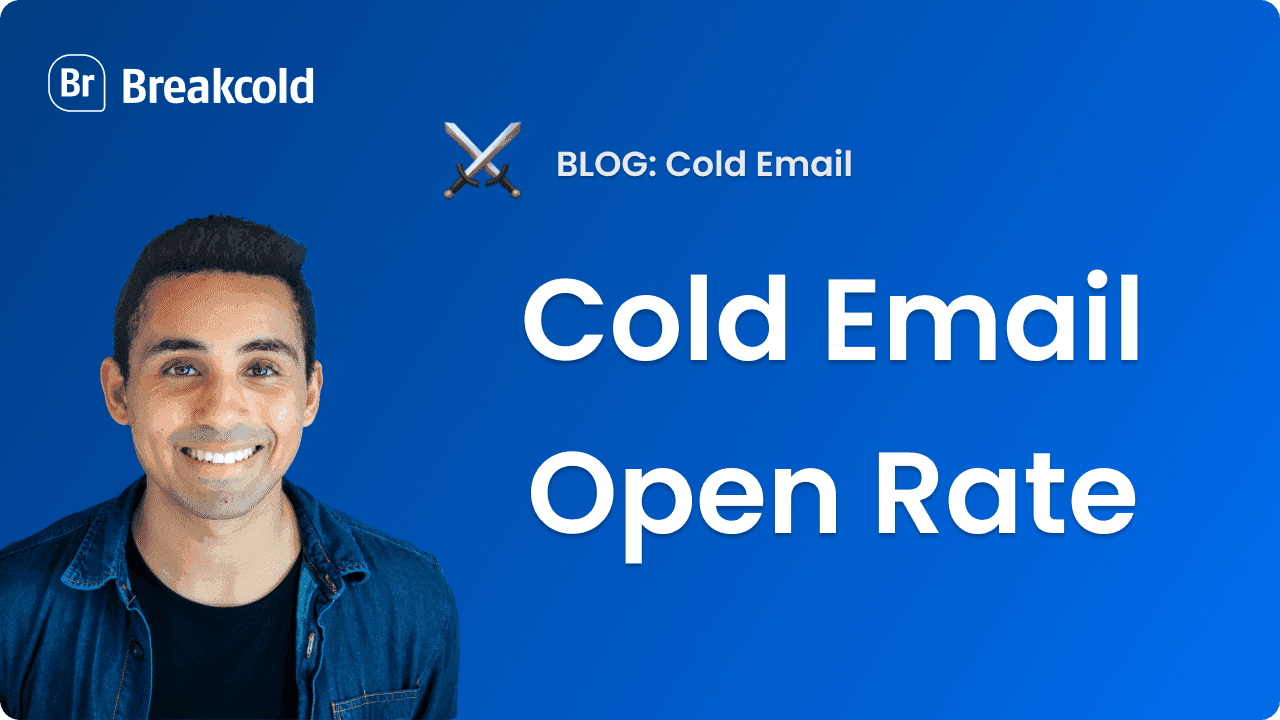
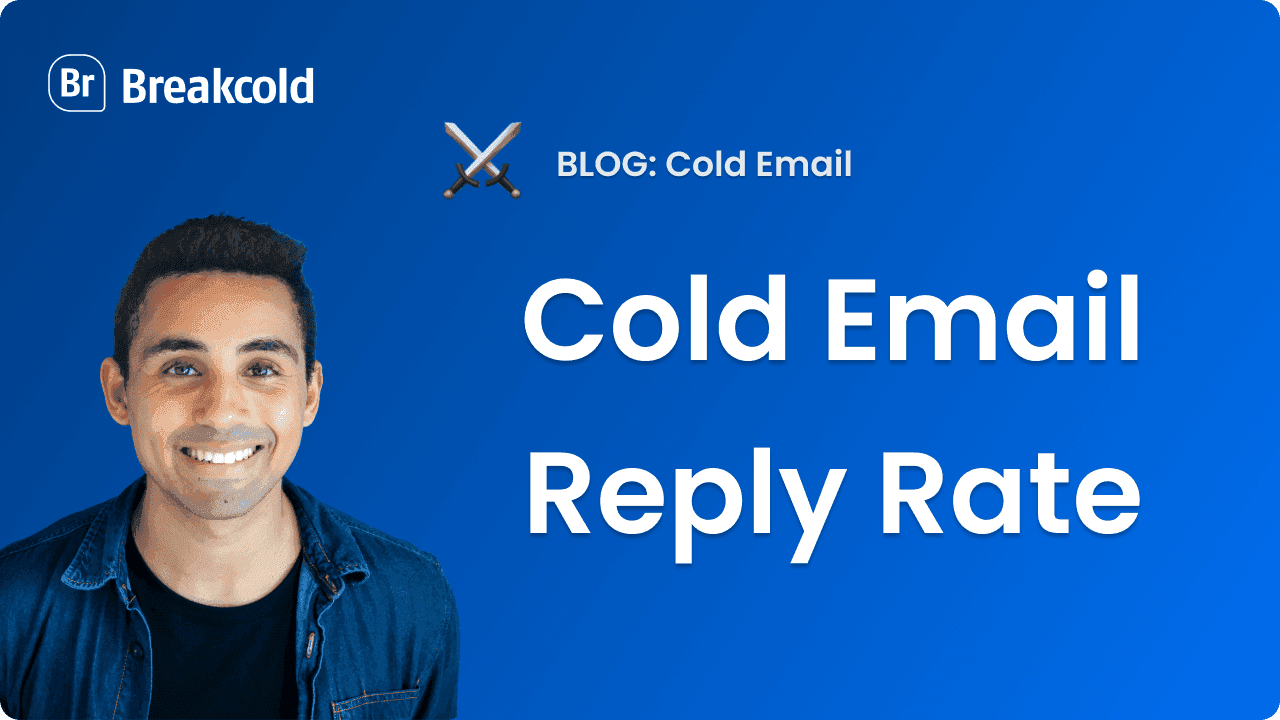
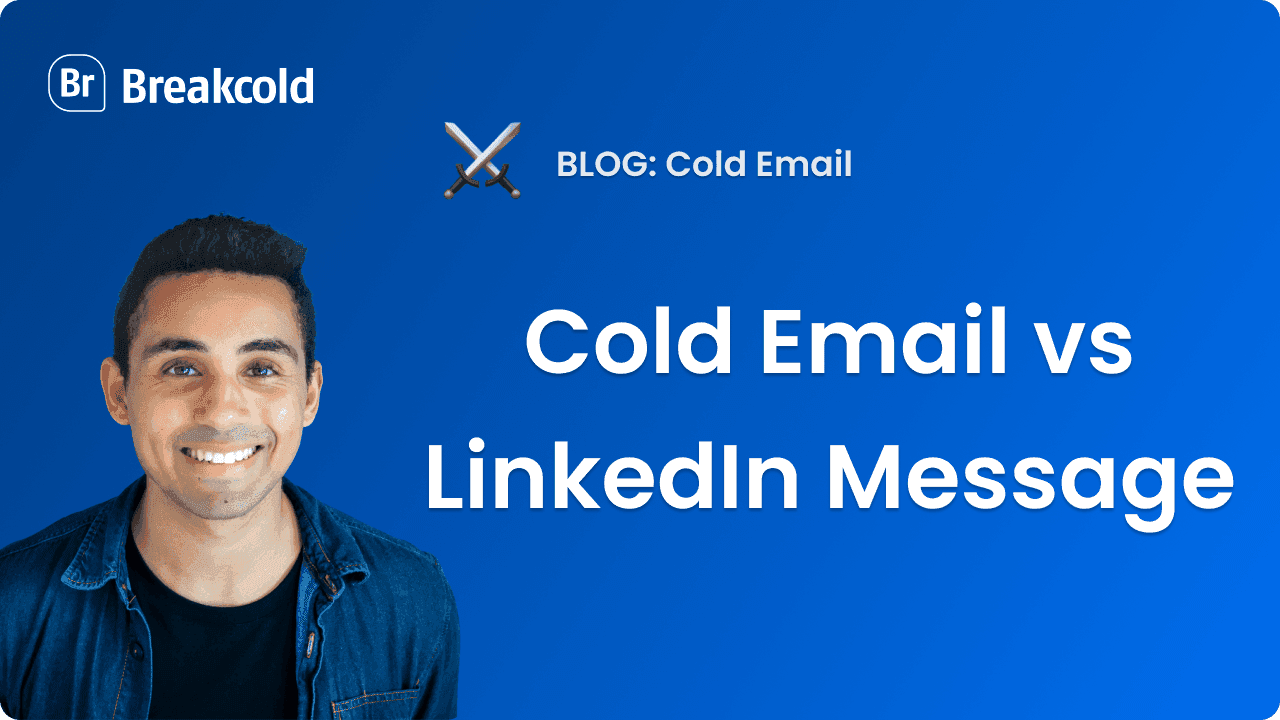
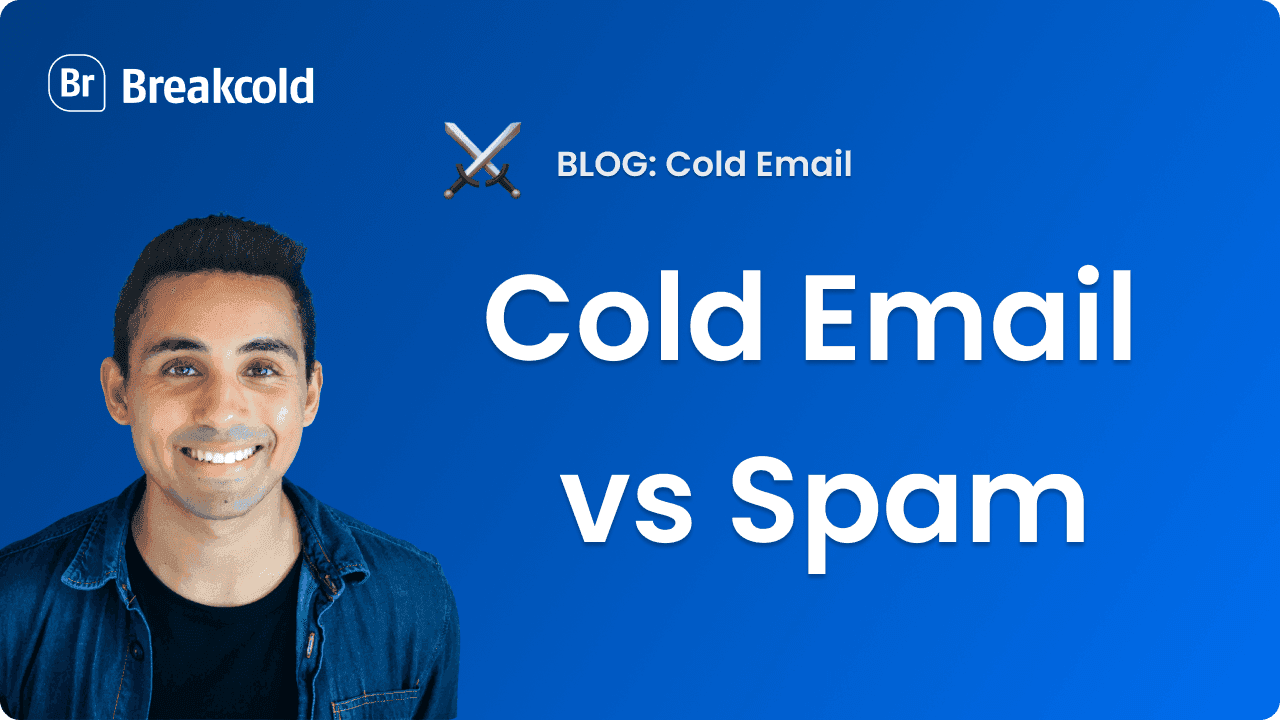
![Cold Email Subject Lines Secrets [18 Real Life Examples]](https://framerusercontent.com/images/cY6xDXi7lGiZF0P1XXDz5xw3E.png)
![56 Cold Email Tips [ACTIONABLE in 2025]](https://framerusercontent.com/images/0NjFhKHjhnNurwHQwfXNsjrxU.png)
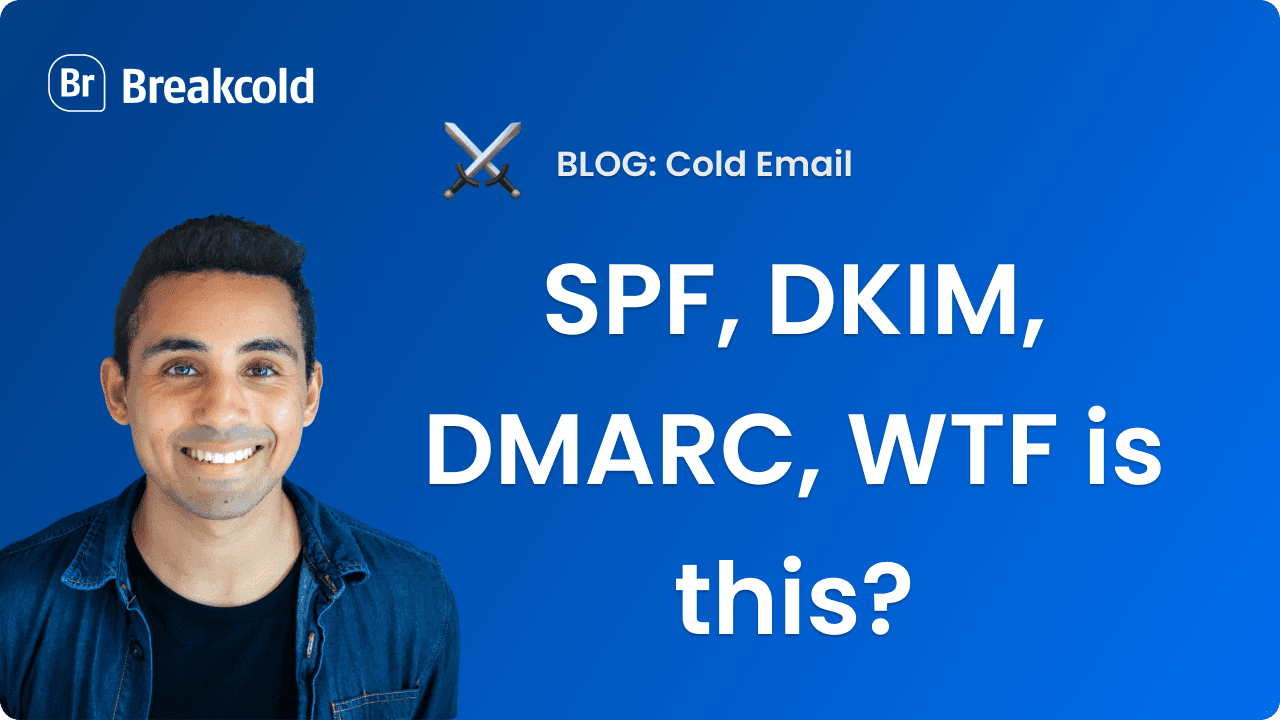

![How To Set Up Cold Email Custom Domain Tracking? [GUIDE]](https://framerusercontent.com/images/8pRglOUPyV48kBsr9pX5RUi40.png)
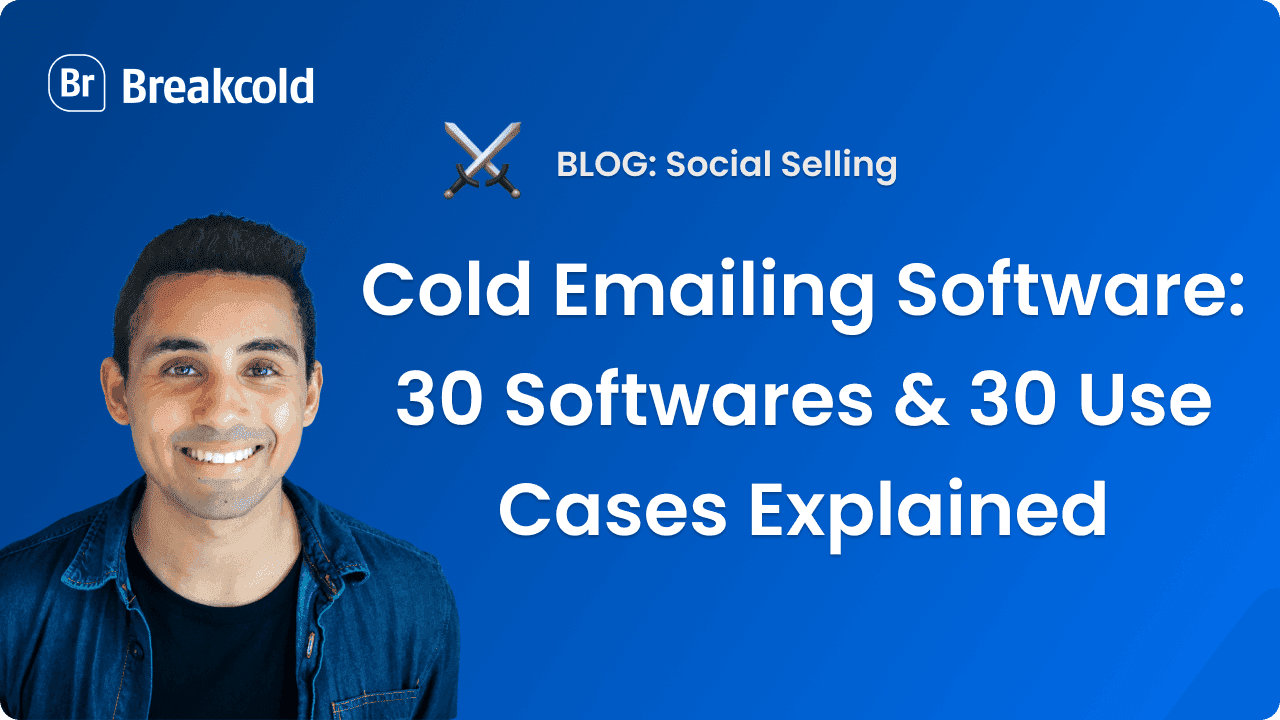

![Is Cold Email GDPR Compliant? [Is It Legal?]](https://framerusercontent.com/images/qqlKfefjQWJnyBzFqEvOlIq0wo4.png)
